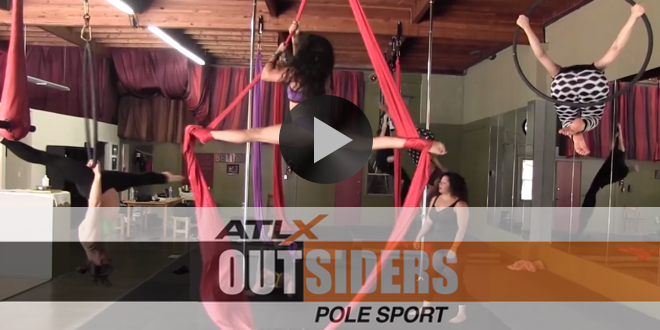By: Sarah McWilliams
 If you think health and fitness is a state of mind, you’re only partly right. Your location can have a major impact on your health and even lifespan according to a recent report from The Robert Wood Foundation program, which releases a yearly report with the health rankings of individual counties.
If you think health and fitness is a state of mind, you’re only partly right. Your location can have a major impact on your health and even lifespan according to a recent report from The Robert Wood Foundation program, which releases a yearly report with the health rankings of individual counties.
According to Fast Company, “The research shows that the healthiest counties in each state have 1.3 more mental health providers than the least healthy counties. Likewise, exercise opportunities. The healthiest counties have access to 1.4 as many parks and recreational facilities as the least healthy.”
There is an obvious link to health and weight, and there is a distinct difference in some states and the levels of obesity. The heaviest states in turn have an increase in diseases as well.
 According to a recent Gallup poll, Mississippi tops the list with the highest obesity rate in the United States at 35.4 percent. West Virginia is a close second at 34.4 percent. Conversely, Montana is the least obese state in the United States with just less than 20 percent of the population being obese and Colorado next in line with only 20.4 percent.
According to a recent Gallup poll, Mississippi tops the list with the highest obesity rate in the United States at 35.4 percent. West Virginia is a close second at 34.4 percent. Conversely, Montana is the least obese state in the United States with just less than 20 percent of the population being obese and Colorado next in line with only 20.4 percent.
What does that mean in terms of the health of these demographics? The 10 most obese states have almost 36 percent of their population with high blood pressure versus 26 percent for the least obese states. The 10 most obese states also had higher cholesterol, higher rates of depression, diabetes, cancer and heart attacks.
Since there is an obvious link between exercise and obesity, take a look at this year’s list of most active states.
- Vermont
- Hawaii
- Montana
- Alaska
- Colorado
- Oregon
- Idaho
- New Mexico
- Nebraska
- North Dakota
 While it’s no surprise to find moderate-climate states such as Hawaii gracing the list of most active states, it may be surprising to some to see colder climates such as Montana, Nebraska, Vermont and North Dakota up there as well. Also interestingly, states such as South Carolina and Alabama, neither of which experience the harsh winters that their Northern counterparts do, are on the opposite end of the spectrum as some of the least active states, and New York, known for having health and fitness clubs on every corner, is also in the bottom 10.
While it’s no surprise to find moderate-climate states such as Hawaii gracing the list of most active states, it may be surprising to some to see colder climates such as Montana, Nebraska, Vermont and North Dakota up there as well. Also interestingly, states such as South Carolina and Alabama, neither of which experience the harsh winters that their Northern counterparts do, are on the opposite end of the spectrum as some of the least active states, and New York, known for having health and fitness clubs on every corner, is also in the bottom 10.
So what do all these numbers mean? Your city, county or state could be negatively influencing your health. Cities that offer more restaurants with fewer healthy options provide more opportunity to splurge. Your children may be at higher risk for obesity based on what your county offers for school lunches. And, if there isn’t a culture of healthy eating and exercising, then it makes it more difficult to enter into these habits.
While it may be obvious that higher access to clubs and healthy food options lead to healthier cities, there are other factors that may not be so obvious.
According to the Harvard School of Public Health, “Sometimes the environment in which a person lives can have a positive effect…research (has shown) that women living in densely populated areas get a protective effect against obesity—likely because they walk more and drive less than their suburban counterparts.”
While it would be unreasonable to just up and move, it is important to be cognizant of where you live and how it can affect your health. If you are in one of the states with the higher obesity rates, it’s important to realize what contributing factors are preventing a healthy lifestyle and working at home and in the community to overcome those issues.
 ATLX The only sports entertainment television and digital media network fully devoted to everyday athletes, athletic lifestyle and athletic culture.
ATLX The only sports entertainment television and digital media network fully devoted to everyday athletes, athletic lifestyle and athletic culture.




